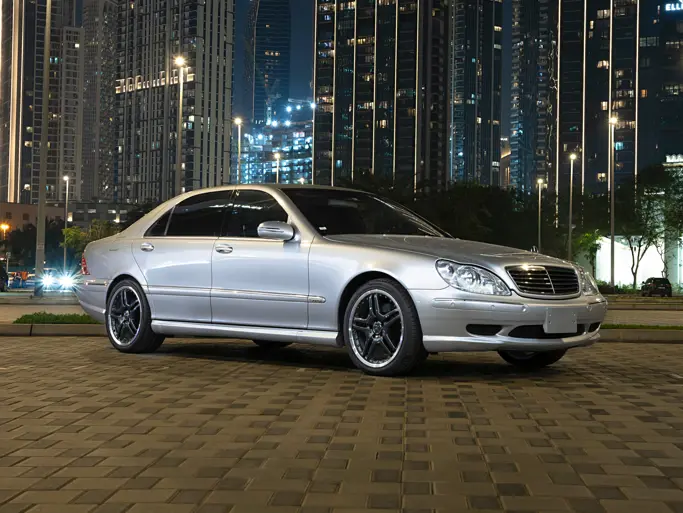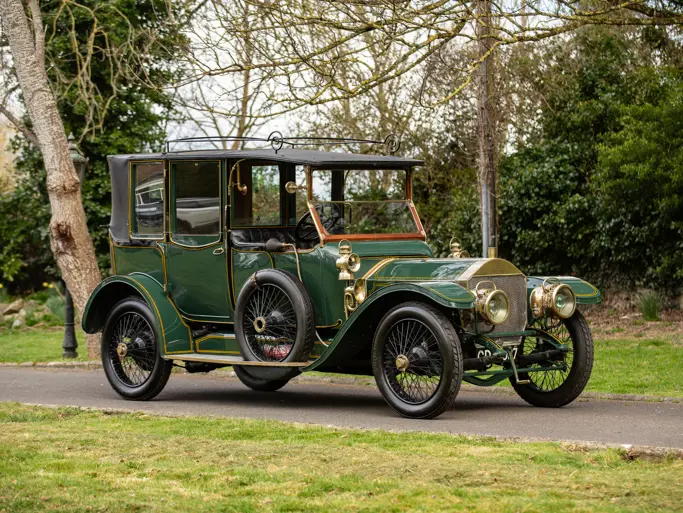7.8 hp, 863 cc vertical single-cylinder engine, two-speed manual transmission with reverse, tubular front axle with longitudinal leaf spring suspension, de Dion rear axle with transverse leaf spring suspension, and foot-operated transmission brake and hand-operated rear wheel brake. Wheelbase: 1,810 mm
Appropriately, the oldest motorized vehicle in the Quattroruote Collection is an example of one of the most historically significant automobiles, the De Dion-Bouton. Partners Jules-Albert de Dion and Georges Bouton of Puteaux, France, were pioneers in the worldwide automobile industry, building their first horseless carriage in 1883, making it one of the first in the world. They were among the first to successfully market an automobile to the wealthy public, and they were also among the first to introduce several innovations, including the namesake de Dion rear axle, which would still be in use on sporting cars throughout the 1960s.
The De Dion-Bouton chassis and drivetrain offered here is of the so-called “Panhard layout”, after another French automaker which had pioneered the design of an automobile with a front-mounted engine, rear-wheel-drive, and a steering wheel. Its small single cylinder is water cooled and boasts a single intake valve; it sends its modest power to the rear wheels via a two-speed transmission, shifted from the steering column, with a single reverse speed selected via a separate lever. The car does not have a conventional accelerator but only a “decelerator” pedal, which acts on the driveshaft with a clutch. The brake pedal operates a brake on the transmission, while a rear wheel brake is activated via a hand lever.
In general, De Dion-Bouton was noted for producing chassis and engine alone, which were then outfitted with coachwork by the builder of the buyer’s choice. Such is the case of this car, which has been restored as a bare chassis and drivetrain—less body—for display in the Quattroruote Collection. It presents well and appears thoroughly complete, and it would be an ideal basis for a new body of period-correct design, or as a unique technical display showing off the fascinating ideas of early automotive masters.

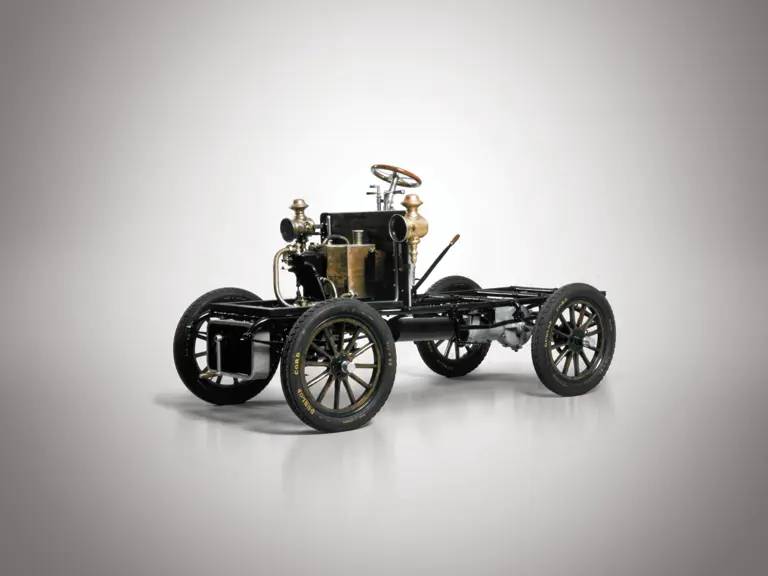
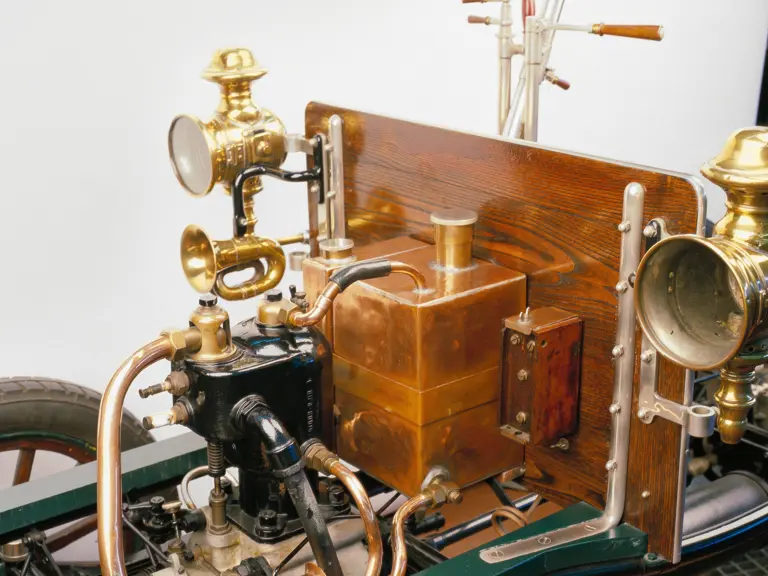

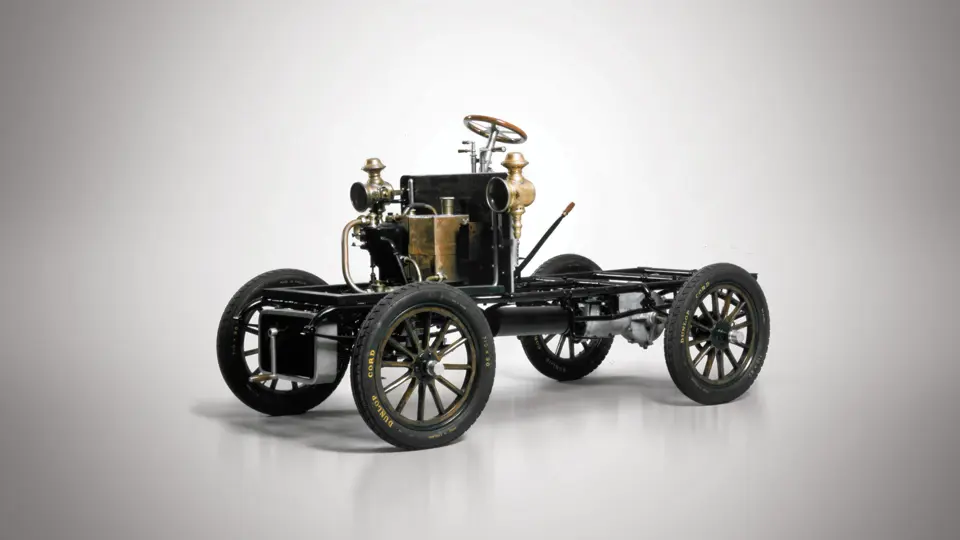
 | Monte Carlo, Monaco
| Monte Carlo, Monaco
